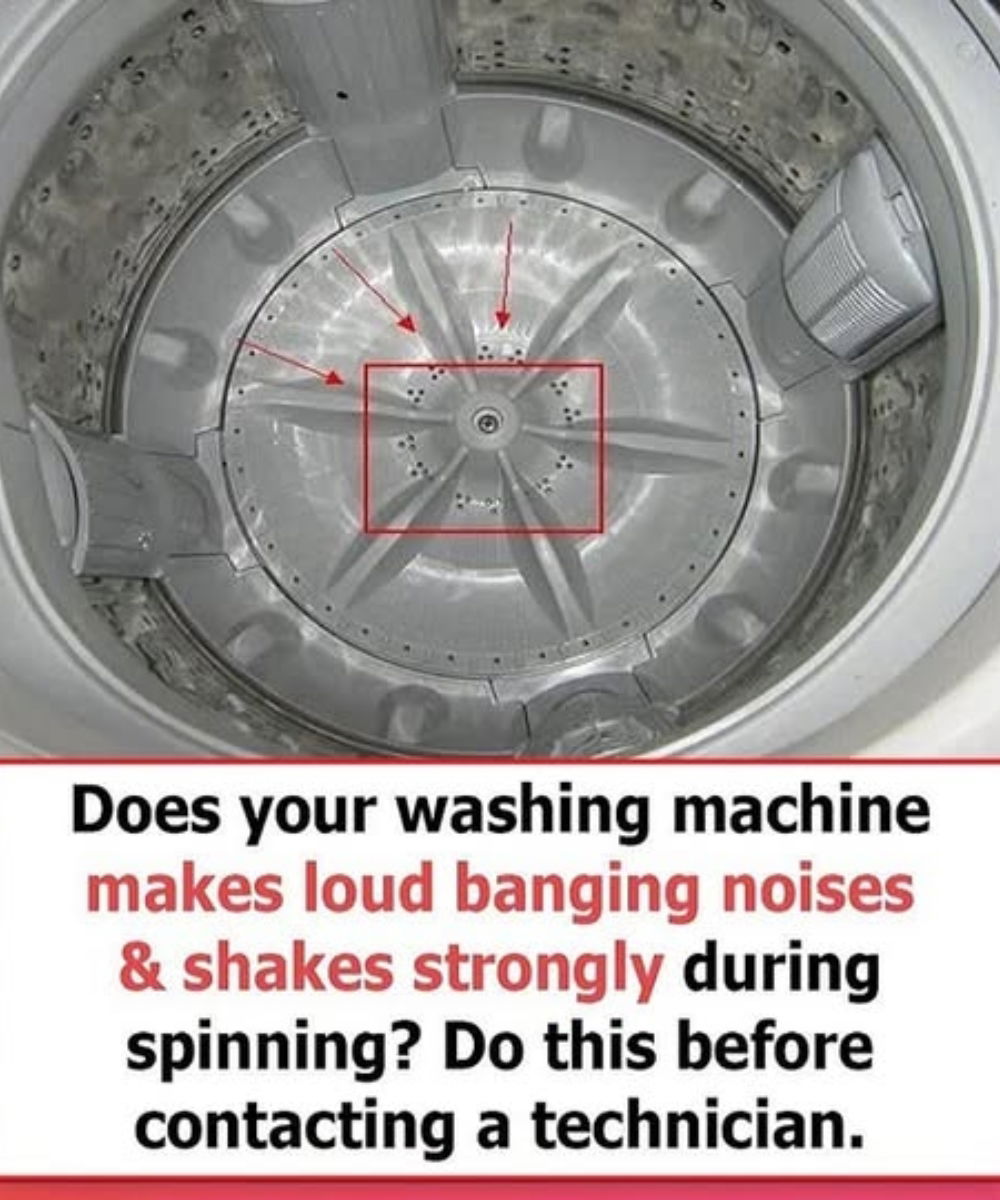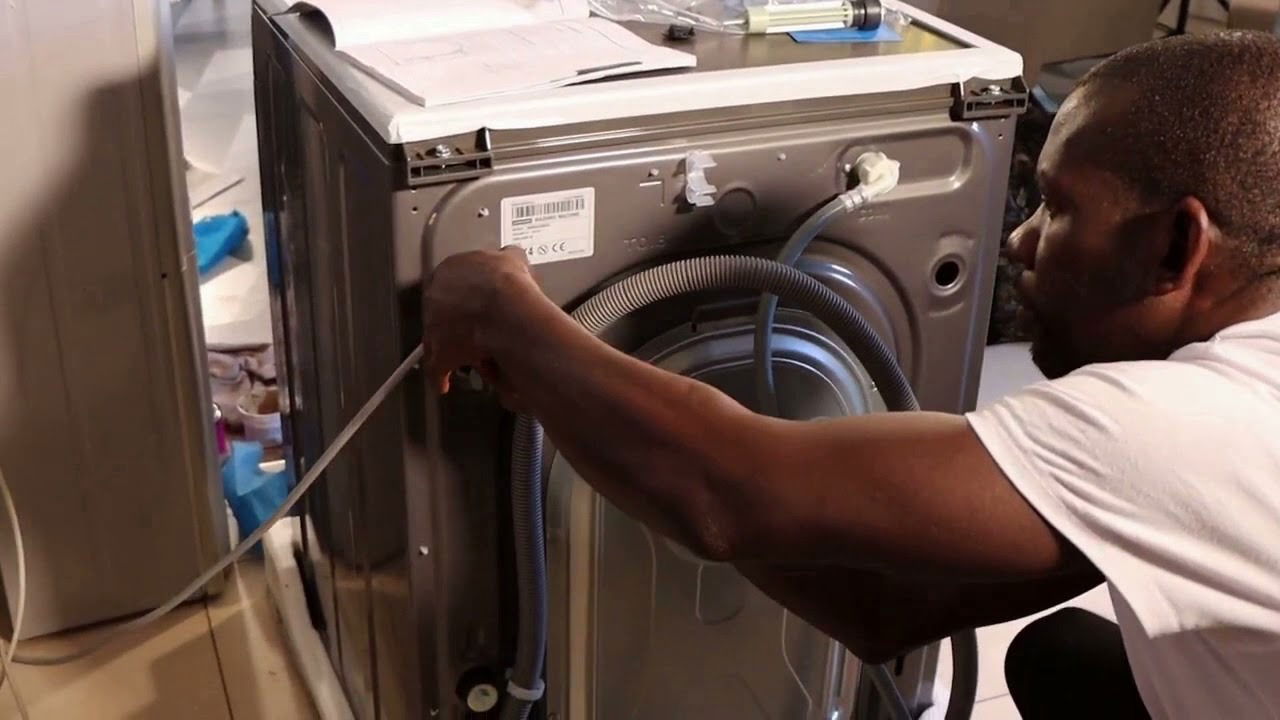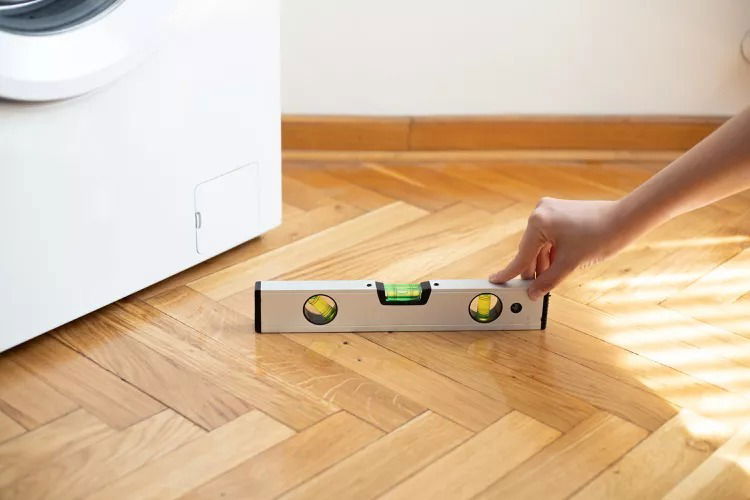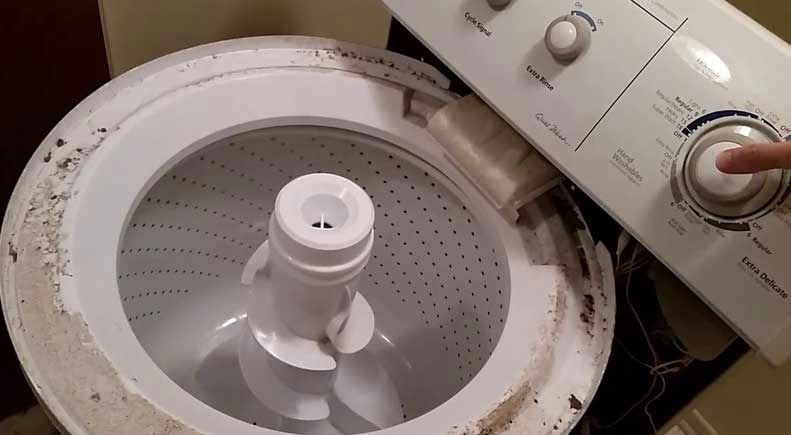
Is your washing machine making a deafening racket during the spin cycle—so loud it sounds like it might blast off into orbit? Does it shake so violently that you’re worried it might walk out of the laundry room? Don’t worry—this is a common problem, and in many cases, you won’t need to call in a repair technician or replace the machine.
Here’s a clear, step-by-step guide to identify and resolve the issue:
1. Take Out the Shipping Bolts
If you’ve just purchased the washing machine, this is your first checkpoint. New washers come with shipping bolts to keep the drum stable during delivery. Forgetting to remove them can cause loud banging and excessive vibration.
Here’s what to do:
- Switch off and unplug the washer.
- Look at the back panel for any visible bolts.
- Use a wrench to remove them and store them safely (you’ll need them if you ever move the machine).

2. Ensure the Machine Is Properly Leveled
A washing machine that’s not sitting evenly will rock and rattle when spinning. Improperly adjusted legs can lead to a lot of unnecessary noise and shaking.
To fix this:
- Use a bubble level (or a smartphone app) to check the balance.
- Adjust the legs until the machine sits flat and stable.
- Gently nudge it—if it wobbles, adjust more.
Pro Tip: Tighten the leg locknuts after adjusting to keep them from loosening later.

3. Balance the Load Properly
The way you load clothes into the washer can affect performance. A large, heavy item—like a blanket or towel—can unbalance the drum, making it thump loudly during the spin cycle.
To prevent this:
- Pause the wash, open the lid, and rearrange the items inside.
- Don’t wash one bulky item alone—pair it with smaller, lighter clothes to even out the load.

4. Check the Surface Beneath the Machine
Washing machines work best on firm, even surfaces. If it’s placed on creaky wooden flooring, loose tiles, or an unsteady platform, it’s more likely to vibrate excessively.
What you can do:
- Set the washer on a solid, level surface—concrete is ideal.
- Add a rubber mat or anti-vibration pads under the feet.
- Avoid flimsy or uneven bases.
5. Examine the Internal Sh0ck Absorbers (Advanced Tip)
If none of the above steps solve the problem, the issue might be internal. Washing machines use shock absorbers to cushion the drum’s movement. If they’re worn or broken, the washer can become unstable and noisy.
This step involves opening up the unit, so only try this if you’re confident in doing basic mechanical repairs.

When It’s Time to Call a Technician
Still dealing with a shaky, noisy washer even after all these fixes? Then it might be time to bring in a professional. Contact a technician if:
- The shaking continues despite your efforts.
- You see water leaking from the machine.
- The drum feels unusually loose or makes clanking noises.
- You detect a burning odor (immediately unplug the machine).
Final Thoughts
Most of the time, solving a loud, shaky washing machine is simpler than you think. Start by removing shipping bolts, ensuring the washer is level, and balancing your laundry loads. These quick checks can save you the hassle and expense of a service call—and help your washer run quietly and efficiently.


















